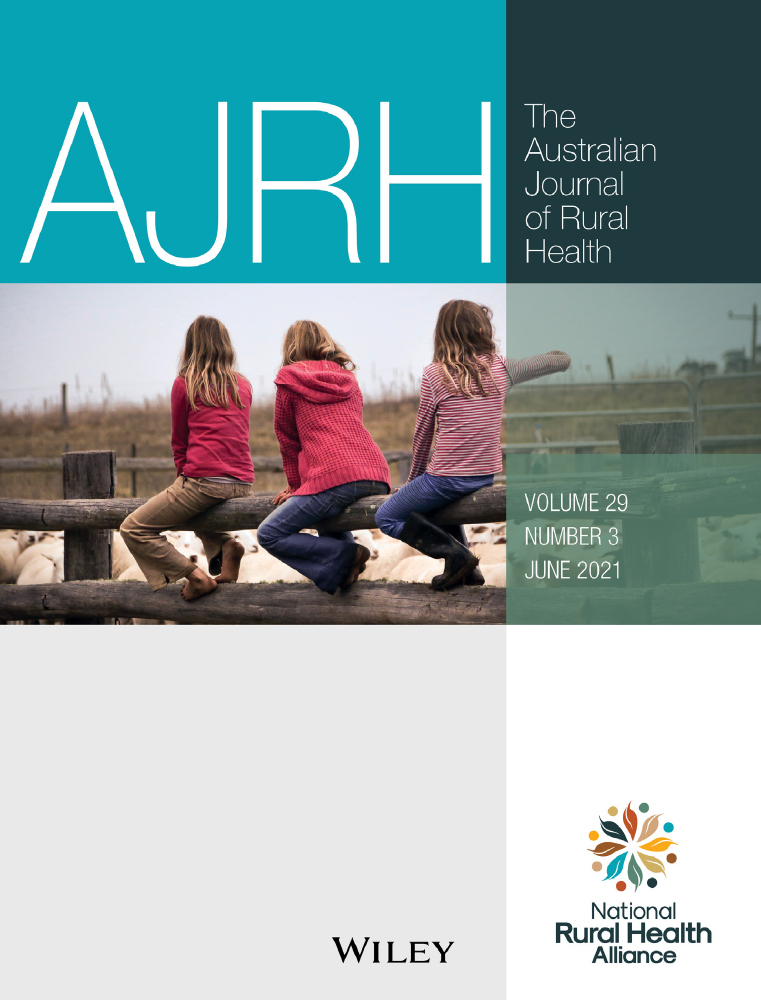Critical care resource use associated with tourism in Central Australia
Abstract
Objective
Tourism to regional and remote Australia is increasing. Its impact on regional critical care services is incompletely understood. We describe tourist admissions and their impact on critical care resources relative to the local population.
Design
Single-centre retrospective study using prospectively collected data from January 2009 to December 2018.
Setting
Australian regional intensive care unit.
Participants
All critical care admissions for patients aged over 18 years for whom postcode data were available were included.
Outcome measures
Primary outcome was hospital mortality. Secondary outcomes examined resource use (intensive care unit and hospital length of stay, mechanical ventilation, interhospital transfer) and admission diagnosis.
Results
Tourists comprise 6.1% of critical care admissions, occupying 5.7% of intensive care unit bed days. They were less likely to be Indigenous (6.3% vs 72.7%), but older (61.5 vs 49.2 years) and male (65.4% vs 52.6%). They were more frequently admitted following acute myocardial infarction (14.2% vs 8.9%) or trauma (20.0% vs 5.0%). There was no difference in hospital mortality (2.9% vs 4.0%) or intensive care unit mortality (2.4% vs 1.8%); however, tourists were more than twice as likely to require interhospital transfer (31.7% vs 14.0%). These findings persisted after adjustment for illness severity.
Conclusion
Tourists are an appreciable caseload of this regional intensive care unit and are more likely to require interhospital transfer. There was no difference in mortality. Further research is required across regional and rural Australia to better understand the epidemiology and impact of tourism on critical care resources, and the economic implications of becoming unwell in a regional area.
DISCLOSURES
They have no disclosures.
CONFLICTS OF INTEREST
The authors declare that there are no conflicts of interest.




